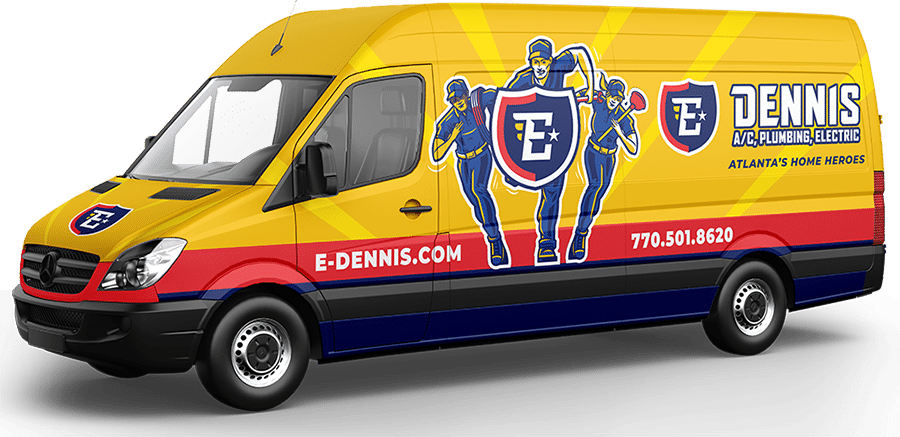Air conditioning (AC) systems follow the laws of classical thermodynamics, specifically, the transfer of heat. When higher temperatures in your home become uncomfortable, you can think of them as a problem that can be solved with the First Law of Thermodynamics, a solution that moves indoor heat to outdoor spaces through various mechanical processes.
The most efficient solutions for cooling and ventilation in our service area are central AC and ductless mini-split systems. In essence, they remove heat from your home and transfer it outside, thus creating cool and comfortable indoor spaces. The ventilation aspect brings fresh air from outside while pushing out stale indoor air; this improves indoor air quality and reduces pollutants.
How Central Air Conditioning Works
Indoor cooling is all about thermodynamics; it calls for the absorption of and release of heat through a refrigeration cycle that happens in a closed-loop system. The AC unit holds a gaseous refrigerant that stays cool under pressure across a coil. The laws of thermodynamics tell us that heat naturally flows from warm to cool, so the warm air is drawn to the chilled coil before it is transferred to the compressor.
Central AC systems are engineered to transfer the post-absorption refrigerant outside through compression, which is powered by a dedicated electrical circuit. The pressure will rise as part of the thermodynamic processes at play, but there’s also a process of rejection to release and dissipate heat through an exchange facilitated by an electric fan. The refrigerant then passes through an expansion valve that brings the pressure down. Pressure and temperature are linked by thermodynamics, so the sudden pressure drop will cause a significant drop in temperature, thus allowing the cool refrigerant to reenter the house.
How Ductless Mini-Split Systems Work
These cooling systems also feature refrigeration processes similar to central AC systems in the sense that a heat exchange must happen. The key difference is that there are no ducts to distribute cool air throughout the house. With mini-splits, units cool rooms or zones in the house separately. There’s an outdoor compressor and multiple indoor units that are often mounted high on walls because heat rises to the ceiling. There’s also a closed-loop system that controls refrigerant flow as it promotes heat exchange.
With mini-split systems, each indoor unit operates an evaporator coil to absorb heat from the indoor spaces they are installed in. The advantage of these systems over their central AC counterparts is that you can adjust the temperature in different spots to suit personal needs. For example, you might want a slightly warmer setting in the bedroom at night while the temperature in the living room is cooler.
If you’re looking for dependable AC repair in Newnan, GA, contact us at E Dennis AC Inc.




